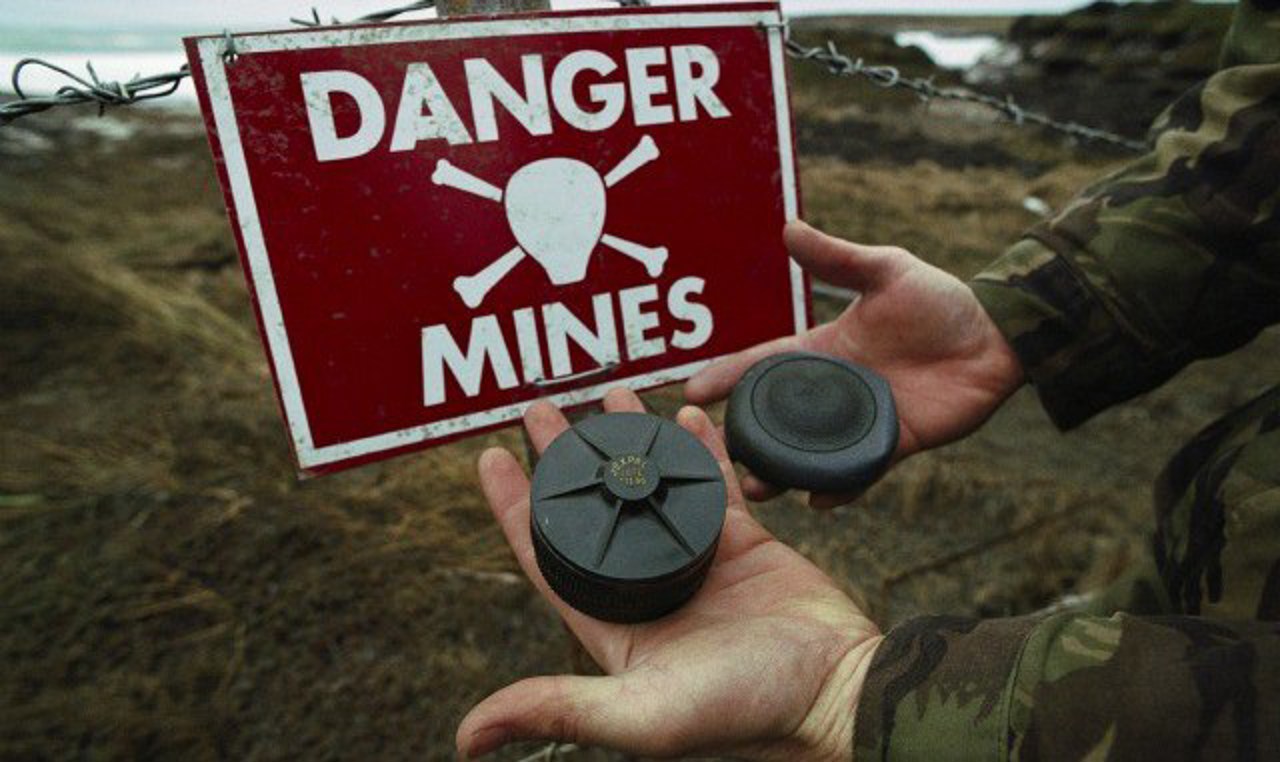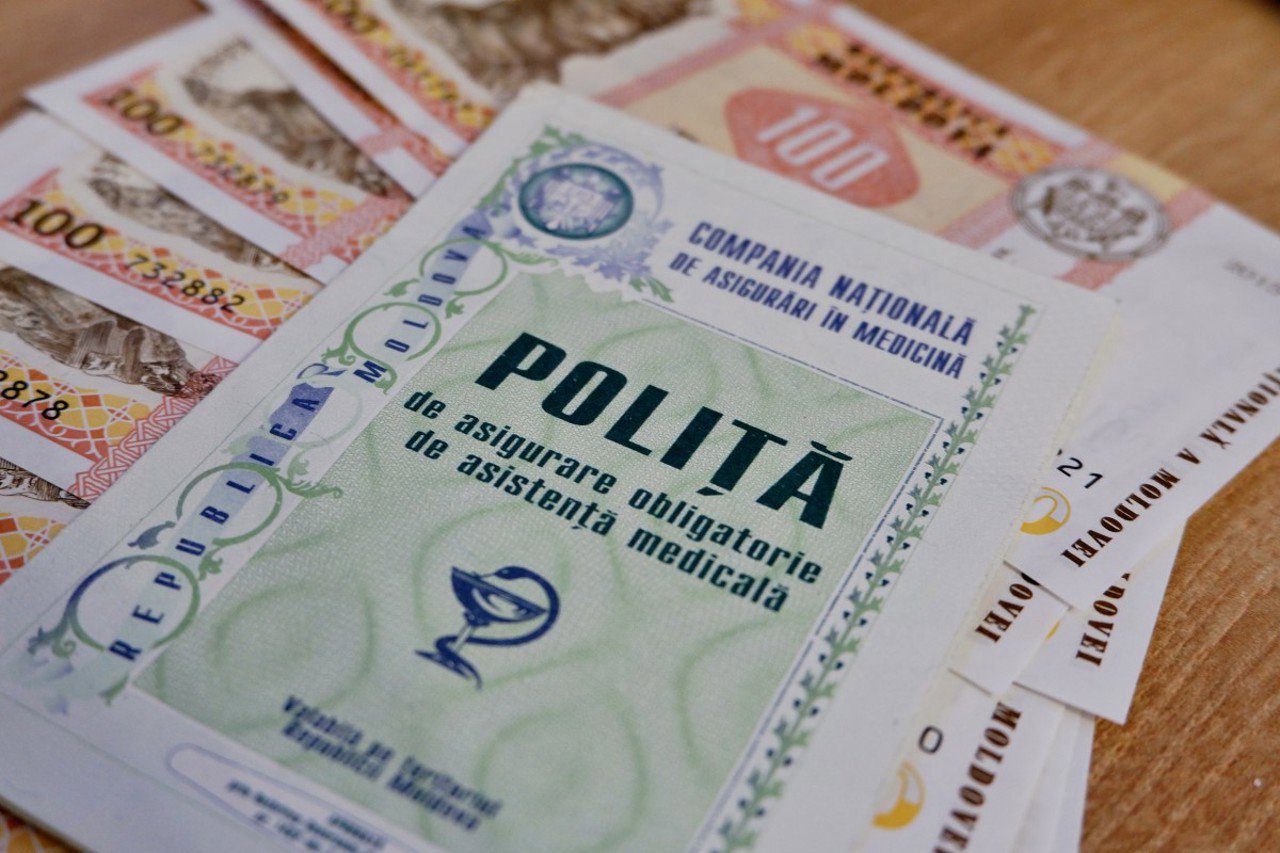Ukraine, covered by mines. The neighbouring state is the most heavily mined country in the world
Ukraine is the most heavily mined country in the world. Mines and booby-trapped explosives are believed to be located on 30% of the neighbouring state's territory. That's an area of 174 000 square kilometres covered by mines, equivalent to almost two-thirds of Romania, or more territory than England, Wales and Northern Ireland combined. According to Defence Minister Oleksii Reznikov, Ukraine needs 5,000 de-mining specialists. The Ukrainian official estimated that it could take 30 years before these mines are completely removed.

Most landmines and explosive devices - more than 55,000 - have so far been discovered in the Kharkov region. Warning signs can be seen at every turn, both in and outside the devastated settlements: in cemeteries, in fields and roads, everywhere the front line has crossed. The engineers are struggling to cope. They are completely overwhelmed by the scale of the problem because of the sheer number of mines that need to be neutralised.
"My family calls me in the morning and tells me to be careful, watch my step. They are very worried. We used to work with shells from the Second World War and now it's modern ammunition. We have to learn constantly because we are detecting new types that we have never seen before," says engineer Olexandr Romaneț.
In particular, engineers are rushing to defuse so-called 'butterfly mines', which are banned by international treaties. Britain has accused Russia of using butterfly mines in Ukraine since August last year. These mines are made of plastic, are a few centimetres in size and are used not to kill but to maim victims. One of the residents says he still has phantom pain, even though the wound has healed.
"I lost everything. I don't have anything I had: no house, no cars, no cows, no property. Everything was burned, destroyed and impossible to rebuild. And the grandchildren can't visit me because everything is mined," says Mykola Shalama.
Volunteers explain to locals how to recognise butterfly mines and avoid contact with them. Such mines had a devastating impact in the former USSR's war in Afghanistan, where several children were crippled because they mistook them for toys.
"I'm very careful. I try hard not to walk around too much, but when I do, I use the same path because I'm afraid. I have a 16-year-old boy and I worry about him. I tell him about myself, but I wish he was here to listen," Irina says.
According to Ukrainian authorities, 724 civilians have accidentally triggered a mine since the war began. 226 of them have died. Human Rights Watch has accused both sides of using anti-personnel landmines, banned by the Ottawa treaty, in the conflict. Russia has not signed this document. Instead, Ukraine is a signatory to the treaty, but Kiev has made it clear that the planting of such mines was done solely for defensive purposes. The World Bank has estimated that Ukraine's entire demining process could cost more than $37 billion.





